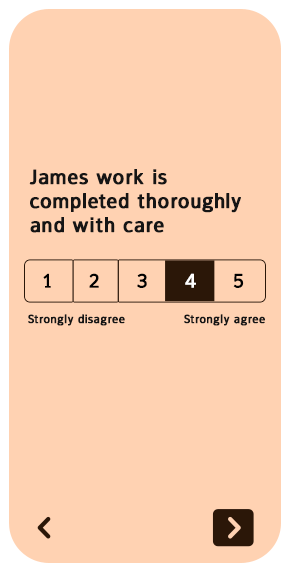The Importance of Quality Questions in 360-Degree Assessments
Feedback plays a critical role in understanding how an organization's employees are supported by management and how they can be aided in their growth and development. For employees, receiving feedback is valuable as it provides insights into how their work and efforts are perceived by others, enabling them to channel their efforts towards improvement. This is precisely why the 360-degree feedback exercise holds immense significance in any comprehensive human resources toolkit.
When formulating 360-degree feedback questions, certain key principles should be observed:
- Relevance to the Individual: The feedback should come from relevant sources, such as peers, line managers, and direct reports, who have meaningful working relationships with the employee. Gathering feedback from unrelated individuals might lead to irrelevant data.
- Focus on Attributes, not Just Performance: The feedback should center on the employee's attributes and behaviors rather than solely on performance metrics. Areas like communication, motivation, and interpersonal skills should be assessed, allowing for a comprehensive evaluation beyond Key Performance Indicators (KPIs).
- Uncover Blindspots: The questions should be designed to identify blindspots without being judgmental or leading in nature. They should encourage an unbiased evaluation that helps individuals recognize areas for improvement without feeling attacked.
- Employee Engagement: Leaders who actively seek feedback and demonstrate a commitment to their own development tend to inspire greater engagement among their teams. Employees appreciate leaders who are open to growth and continuous improvement.
By adhering to these principles, organizations can create effective and impactful 360-degree feedback processes. Such feedback not only aids in individual growth and development but also fosters a healthier and more constructive work environment where employees are encouraged to thrive and contribute to the organization's success.







